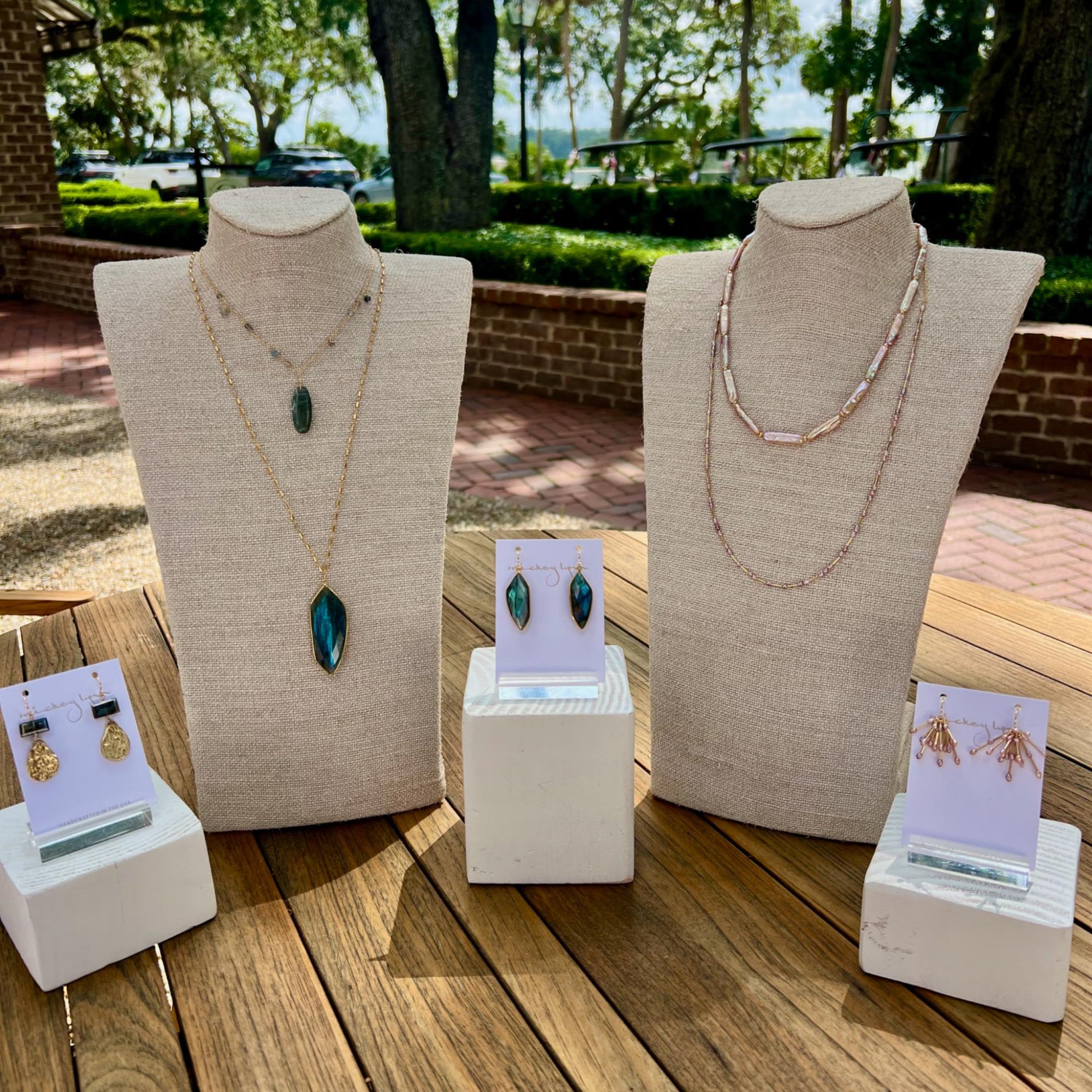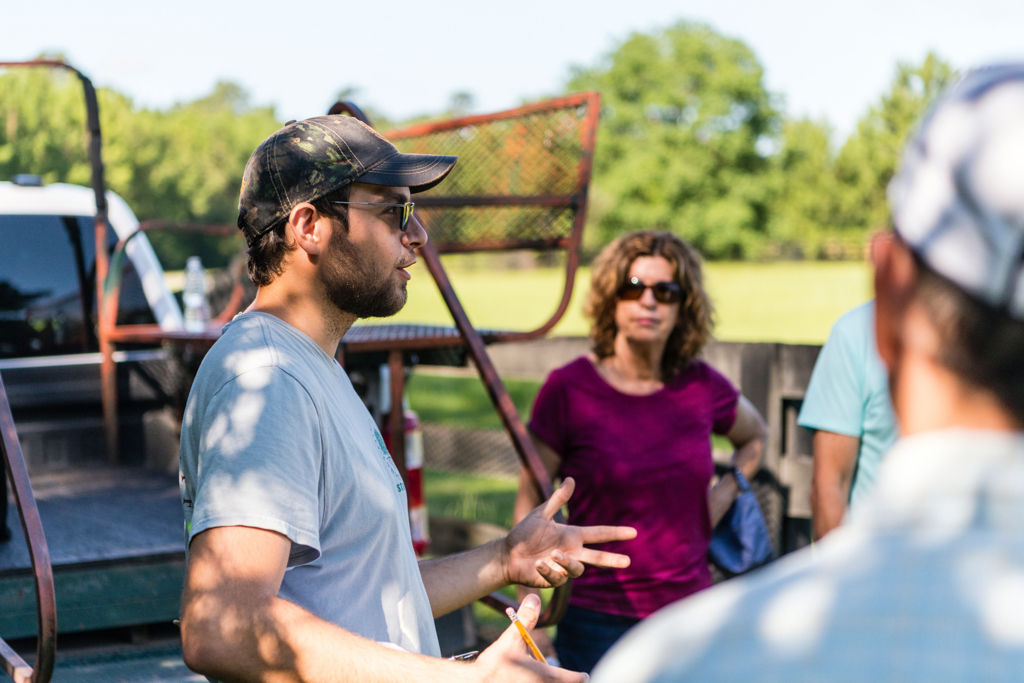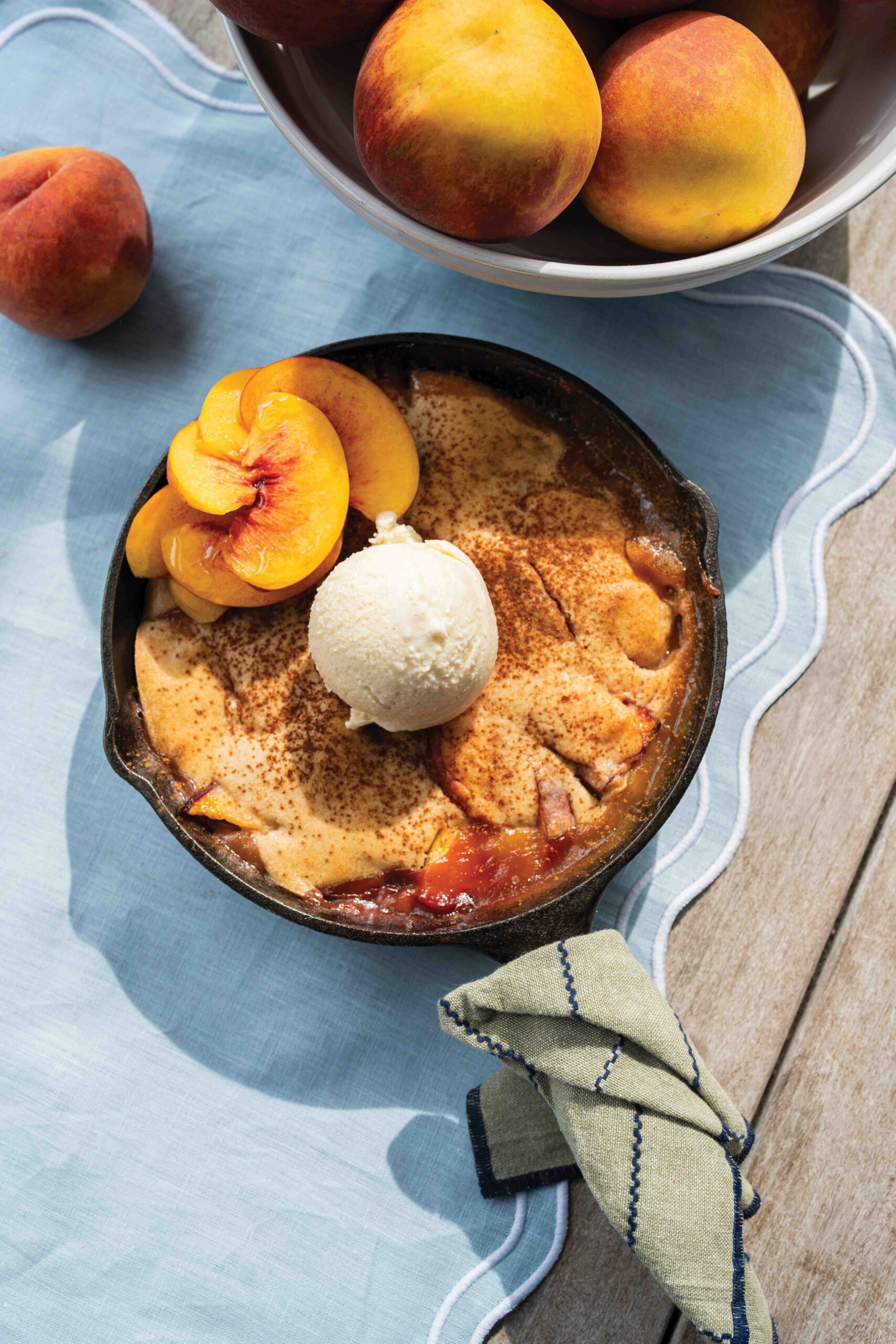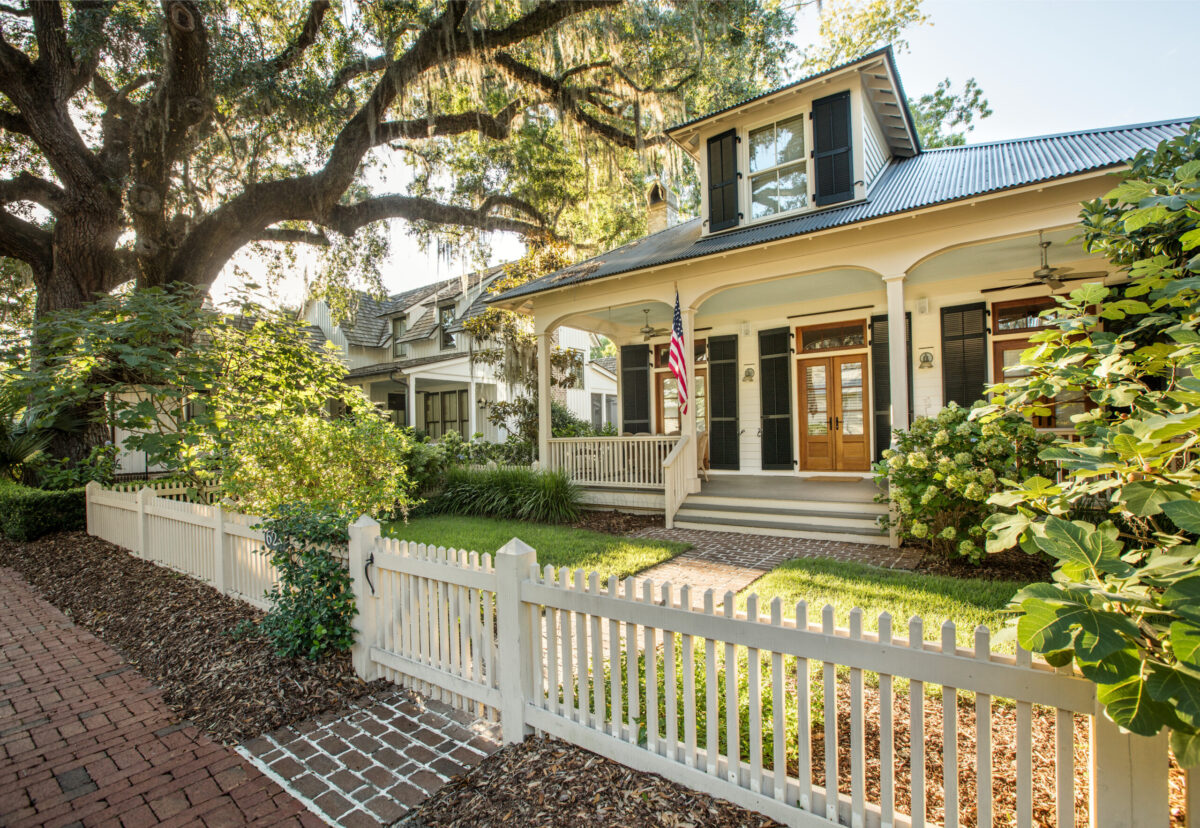Palmetto Bluff Real Estate Company Sales Office
Office Hours
Monday-Friday 9am - 5pm
Saturday 9am - 4pm
Sunday 12 - 4pm
Saturday 9am - 4pm
Sunday 12 - 4pm
About the writer: Zoe Klauck is a senior at the University of South Carolina in Columbia. She is currently finishing her degree in anthropology and art history, and over the past four summers, she’s worked as an archaeology intern for the Palmetto Bluff Conservancy. Her work here is centered in the lab; cleaning, organizing, labeling, and reconstructing artifacts from the field.
Previously, I wrote about how reconstruction is an important part of the artifact identification process. This time, I want to share some of the other work as well as the reconstruction that I do in the lab.
Recently, I’ve been working on pipe bowl and stem fragments from a site at the south end of Palmetto Bluff. There are 721 stem-only fragments and 192 bowl fragments. As those numbers indicate, stem fragments are much more common than bowl pieces. One possible explanation for this is that people shared pipes, and each person would break off a piece of the stem to give themselves a fresh mouthpiece when they took the pipe. However, this clearly isn’t always true because some fragments have been filed down to create a smoother mouthpiece after a break. If people were simply sharing a pipe, they probably weren’t filing down the stem when they were handed the pipe. It’s more likely that the pipe stems were just fragile due to their surprising length. In the late 16th century, the average length of a pipe stem was 3.5 inches, but by the 18th century, styles had changed and the average length was 13 to 13.5 inches. These long, skinny clay stems broke easily and left hundreds of pieces at archaeological sites.
With the increase in length, there was a decrease in the size of the hole inside of the stem. The holes were created by running a wire through the stem while it was still in the mold. The shorter pipes could withstand a thicker center hole, while the longer pipes required a thinner hole. This means that archaeologists can date the stems by measuring the diameter of the hole.
A gauge for measuring the size of the hole in a pipe stem is one of the coolest tools I’ve ever used in the lab. It is a series of drill bits secured into a wooden base. The smallest size is 4/64th inch, and it increases by 1/64th of an inch all the way up to 10/64th inch. I measured all 721 pipe stem fragments by carefully sliding them onto each drill bit. Starting with the smallest and working my way up until I found the perfect fit. That drill bit size was the measurement recorded for that fragment. The most common sizes we had in our assemblage were 4/64 and 5/64. These measurements give us a date of 1750 to 1800 for the site.

In addition, I looked at all the fragments to search for patterns and any fits I could glue back together. Bowls and stems could be embossed with a pattern or left plain. Luckily for me, we had some of both. I’m still working on identifying the patterns and several are pretty cool to look at.

The three stems on the left are really amazing. The lower two were mended (glued back together) by me. Before the mending, it was almost impossible to tell those two very different patterns went to the same pipe. This is another example of why reconstruction is an important (and my favorite) step in artifact identification.
The stem on the lower right is also interesting. Instead of a pattern, it has letters. The bold capital script reads, “T. MORGAN LIVERPOOL.” After doing some research, Katie Epps, one of the Palmetto Bluff Conservancy’s archaeologists, and I were able to find out that T. MORGAN represents Thomas Morgan, a pipe maker in central Liverpool, England. He is listed in Gore’s Liverpool trade directory for 1790-1796. We also learned Thomas Morgan actually had two different maker’s marks, one for each factory. His first one was just “T. MORGAN LIVERPOOL” and his second one was “T. MORGAN LIVERPOOL 1.” Unfortunately, our stem fragment is broken right at the last “L” in Liverpool, so we have no way of knowing which maker’s mark we have.

Moving on to our decorated pipe bowl fragments, we have quite a variety. Identifying and dating exact patterns is proving harder than expected because so many designs were combined and reused over time. Since we only have relatively small fragments, we can’t see the whole pattern. However, the piece on the far right has a design with a purpose. When taking the finished pipe out of the mold, the pipe makers would trim or file down the mold line to give it a professional look. If there is a mistake with the mold line, some makers would cover the seam with leaves to hide the fault.

Palmetto Bluff’s Moreland Village feels a world away from the more traditional architecture of the iconi...

We are thrilled to introduce the inaugural winners of the Inspiring the Arts Scholarship—three extraordinary young women pursuing their artistic dreams through higher education! Katherine Donahue has been named our first official scholarship recipient, with Em...

From handmade jewelry to performance wear, the latest arrivals at Palmetto Bluff’s retail spots capture the season in true Lowcountry style. This summer, the Bluff’s shops are full of fresh finds, carefully chosen by our trusted retailers—including FLOW Galler...

Citizen Science is Thriving at Palmetto BluffDid you know that residents of Palmetto Bluff are playing a vital role in national and global conservation efforts—all from their backyard?Through the Palmetto Bluff Conservancy’s growing Citizen Science programs, c...

In October 2024, Grammy Award-winning musician Clay Ross visited Palmetto Bluff as part of The Arts Initiative's Artist in Residence Program. Through storytelling and song, he explores identity, heritage, and the universal language of sound. By Barry Kaufman ...

Palmetto Bluff Club Executive Chef Beth Cosgrove and Director of Culinary, Chef Rhy Waddington, Cook Up Four Peachy Recipes for a Summer in the South. Is there anything more iconic than a southern peach? A symbol of summer and Southern heritage, the peach car...

Following the tides and angling for redfish in Lowcountry creeks and estuaries with Captains Brian Vaughn and Will Stephens Story by Sandy Lang It is a sunny morning in October and the water is calm and glassy. The silence is punctuated by a gush of breath f...

7 Ways To Upkeep Your Palmetto Bluff Home As spring arrives in the Lowcountry, the change in season brings more than blooming marshlands and sun-drenched afternoons; it’s also a perfect time to refresh and care for your Palmetto Bluff home. Coastal living mea...

When the land speaks, you listen. And at Palmetto Bluff, it spoke to two of golf’s most legendary course designers—Bill Coore and Ben Crenshaw. We invite you to watch our newest video, shot this past winter and featuring Bill and Ben, along with South Street P...

5 Renovations to Increase the Value of Your Lowcountry Home Whether Palmetto Bluff is your full-time residence or a cherished retreat, deciding to sell is never a quick or casual choice. However, when the time does come, you want your home to be as market-rea...
Learn about the Palmetto Bluff Conservancy and how we keep the vision of our land in place.
On land or water, there is an ever-evolving variety of activities.
We do not attempt to independently verify the currency, completeness, accuracy or authenticity of the data contained herein. All area measurements and calculations are approximate and should be independently verified. Data may be subject to transcription and transmission errors. Accordingly, the data is provided on an “as is” “as available” basis only and may not reflect all real estate activity in the market”. © [2023] REsides, Inc. All rights reserved. Certain information contained herein is derived from information, which is the licensed property of, and copyrighted by, REsides, Inc.